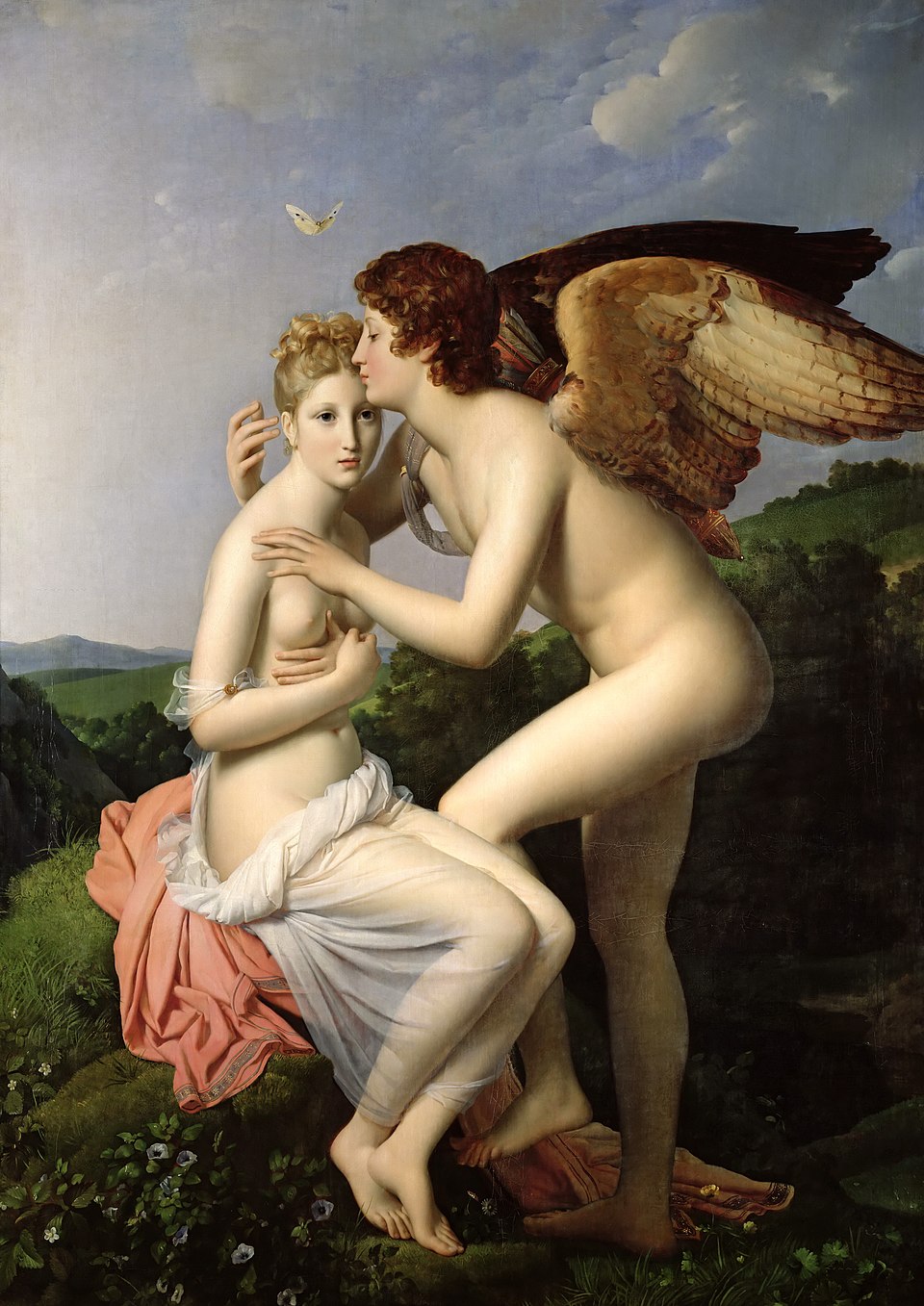daniel@udk-berlin.de
presented at
Studium Generale / Theorie / Wissenschaften
Warmup Exercise
Group 1
split - some people believe, some not, some unsure
lot of questions, no answer
can one have soul if You are not conscious ?
the essence of something, that's what makes something uniquely that - sorbian fable about the frog
don't believe in soul as something individual, tends to define it as something collective / floating
something given to animals to define feelings
doesn't exist
??? mind / consciousness ??? ant or bee HOPEFULLY has soul
Group 2
housed by the body
there's physicality to it (the soul)
soul only exists when we believe it and feel it
Group 3
bridge between the one that sees and what is being seen
the whole is the ocean, the individual is the droplet
more abstract, not something You can fit into logical pattern, it's about experience of yourself and the world
when words soul comes up there is the ghost of something even higher
Group 4
supposed to represent the Core
as a metaphysical existence, something very crucial
what the person "really" / "objectively" IS
person's way to go beyond
Group 5
matryoshka
not material ? how to materialize it ? is it soft / does it break ?
soul can be (not be) influenced by experience
where is the soul ? (in whole body ? in head ? in heart?)
Proto-psychological terms of ancient India
Vṛtti (वृत्ति) – Fluctuations of the mind (thoughts, emotions, perceptions); most dynamic and gross.
Saṁskāra (संस्कार) – Latent impressions or mental habits left by past vṛttis.
Manas (मनस्) – The sensory mind, coordinating input and response; "inner instrument" of perception.
Citta (चित्त) – The storehouse of impressions, conscious, subconscious and unconscious mind.
Buddhi (बुद्धि) – Intellect, faculty of discernment, reason, and decision-making.
Ahaṁkāra (आहंकार) – Ego-identity, the sense of "I am this body/mind/personality" & "I do this".
Aham (अहम्) – The primordial I-sense, pure self-reference, "the strange loop" symbol.
Jīva (जीव) – The embodied self, individual, distinct soul undergoing experience, transformation and change.
Ātman (आत्मन्) – The true Self, pure consciousness, transcendental soul, unchanging, infinite, witness of all.
Vrittis - Manas - Chitta
Vṛttis are mental waves — thoughts, emotions, memories, and perceptions constantly rising and falling. Cognitive events (thoughts, perceptions, emotions) / contents of working memory.
Manas is the part of the mind that collects sensory data and handles attention — like a gatekeeper deciding what to focus on. Working memory / attention / sensory integration.
Citta is the overall field of mind-stuff: it stores memories, habits, and deeper patterns. Long-term memory / unconscious processing.
If the mind were a lake, vṛttis are the ripples, manas is the surface movement reacting to wind, and citta is the deep water reflecting everything.
Buddhi (बुद्धि)
The capacity to discriminate, reason, judge, and make decisions. It evaluates inputs from manas and chooses a response.
Cognitive Science Correlates: Executive function / decision-making / Analytical reasoning /Cognitive control & inhibition
Ahamkara (आहंकार)
The function that identifies the pure “I” (aham) with thoughts, roles, body, emotions — forming the personal identity and ego. It says “I am this.” and "I do".
Cognitive Science Correlates: Narrative self / autobiographical identity, Self-concept and ego structure, Ego-identification / default mode network (DMN) activity
Aham (अहम्)
Definition: The bare, pre-reflective sense of being a subject — “I am.” Not yet identifying with roles or narratives .
Cognitive Science Correlates: Minimal self / self-referential consciousness, First-person perspective, Sense of agency
Atman (आत्मन्)
The deepest layer of identity — pure awareness, witness of all experiences, beyond mental content and roles. In some philosophical traditions equivalent to substrate of the universe.
Cognitive Science Correlates: Pure consciousness / background awareness, the ultimate substrate
Jiva (जीव)
"That which lives" or "the living being"
Jīva is the individualized expression of consciousness that experiences and engages with the world as a distinct center of awareness. Localized, embodied soul undergoing experience and change.
Bhagavadgita
soul is eternal
soul changes bodies like garments
soul cannot be destroyed
Myth of the Androgyne

Myth of the Androgyne
Does this Platonic myth appear in current art, culture ?
Is it somehow relevant to You ?
With which psychological concepts which were already introduced could be this myth associated ?
Eros and Psyche

Psyche Receiving Cupid's First Kiss (1798) by François Gérard

